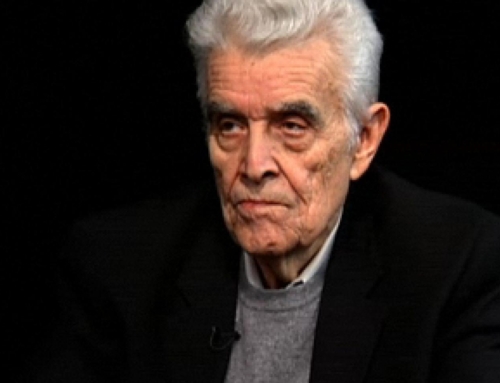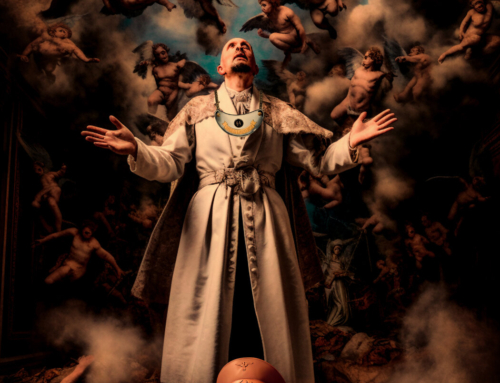Luke chooses two stories of Jesus’ boyhood–the Presentation in the temple and the Finding in the Temple–
There must have been other stories about his childhood. The tradition says St Luke gathered the information about the nativity from the Blessed Mother herself.
Why did he choose those two stories?
Because, along with the principle first established by Matthew, St Luke is intent on showing how Christ the Lord recapitulates or gathers up the whole Old Testament story into himself.
Matthew shows Jesus to be the new Moses. John the Baptist the new Elijah. Jesus the Shepherd-King is the new David. The one to whom the rulers of Sheba come with gifts means he is the new Solomon.
In these two stories Luke shows Jesus to be the new Samuel. Samuel was also presented in the temple as an infant, (I Samuel 1) and although Jesus (unlike Samuel) does not remain there for the rest of his boyhood, he does reappear when he is twelve years old. Luke tells us Jesus’ age because there was a contemporary Jewish tradition that Samuel was twelve years old when he heard God calling in the night. ( I Samuel 3)
Jesus’ sitting with the elders in the temple therefore echoes Samuel’s relationship with his mentor, Eli. If there is any doubt about Luke’s intention, his words, “the boy grew in wisdom and stature in the eyes of God and of men” (Lk. 2:52) is an almost verbatim quote of 1 Samuel 2:26: “And the boy Samuel continued to grow in stature and in favor with the Lord and with men.”
Who was Samuel? He was the last of the judges, a prophet and a servant to the priests. He was the one who anointed King David and judged the wicked King Saul.
So Jesus, coming not to abolish the law and the prophets but to fulfill them, completes the period of the Judges, fulfills all the law of Moses and completes all the words and works of the prophets.
By the way, if you’re interested, here is a poem I wrote about the Finding in the Temple…
Finding in the Temple
Who has not felt the razor terror
at the loss of any child, and this boy
was the One; there was no room for error.
Every word was watched, each moment of joy
was filtered through fear, and now he was gone.
Had they already flogged him, shed his blood,
or had he wandered off to be alone
in the eternity of solitude?
Even then he was elusive—on the move.
He was the story of a missing son.
He was a riddle impossible to solve—
a divine duel to be lost or won,
and even they had to face the search, the test,
the mystery, the question and the quest.
(for the main blog text – a hat tip to Brant Pitre and the guys at Catholic Productions. If you do not subscribe the the excellent materials they produce I recommend that you check them out. Go here. )







[…] QUIQUE MARTÍNEZ DE LA LAMA-NORIEGA, cmfImagem: DWIGHT LONGENECKERFonte: Comunidade católica Ciudad Redonda (Missionários […]